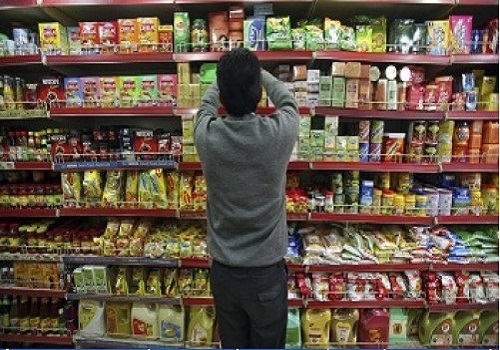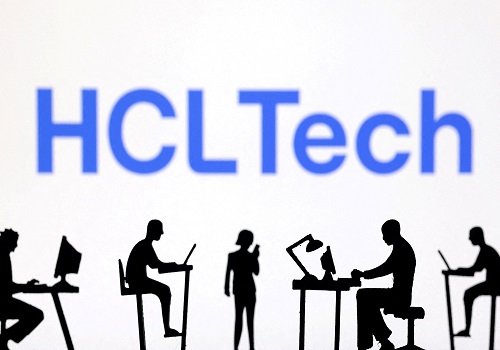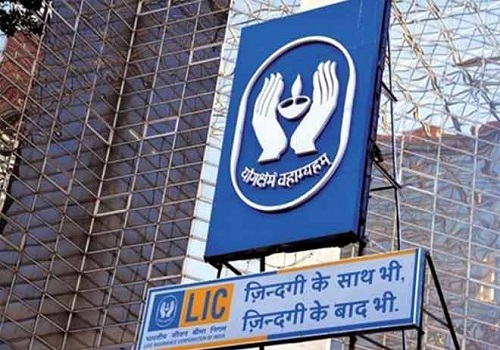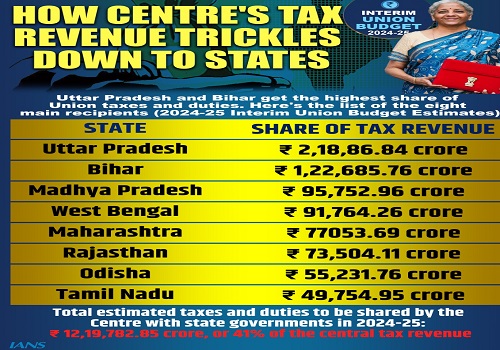Increasing contribution from digital segment to help media players print around 8% growth by FY27: Crisil
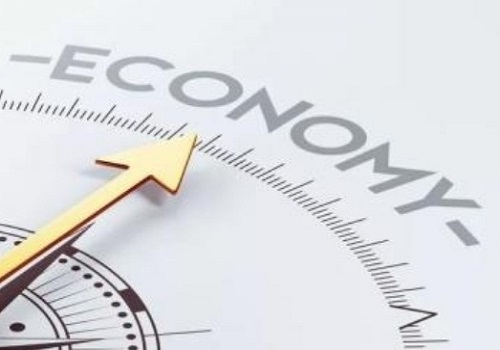
Crisil Ratings in its latest report has said that increasing contribution from the digital segment will help media players print around 8% annual revenue growth to Rs 60,000 crore by fiscal 2027 (FY27). This will follow the compounded annual growth rate (CAGR) of around 5% over the past five fiscals to reach around Rs 47,000 crore in fiscal 2024. The revenue growth, along with focus on rationalising costs, will expand operating margins by around 500 basis points (bps) to around 18% by fiscal 2027.
A CRISIL Ratings analysis of 20 companies, accounting for around 55% of the media industry’s revenue, indicates as much. Media companies have seen a slower annual growth of 5% between fiscals 2019-24 following shift in consumer preferences to digital mode. While increasing number of smartphone users, rising internet penetration, high affordability of data in India ($0.2 per 1 GB of mobile data) and adoption of 5G fuelled this trend, media companies were slow to adapt. However, this is likely to change now.
The report said driven by growth in digital segment, overall revenue of these players will grow around 8% annually over fiscals 2025-2027. It will also be supported by increasing ad revenue in traditional print and publication streams in sync with the growth in domestic retail demand in sectors like fast-moving consumer goods, automobiles (where new launches take centre stage), education services, online shopping and real estate. All’s not well for the digital segment though. It has been a drag on profitability of media companies on account of high initial expenditure for manpower, content creation and marketing as companies pushed for identifying customers and markets for their products. Plus, competition has limited improvement in margins given that consumers have plenty of free alternatives for content.






